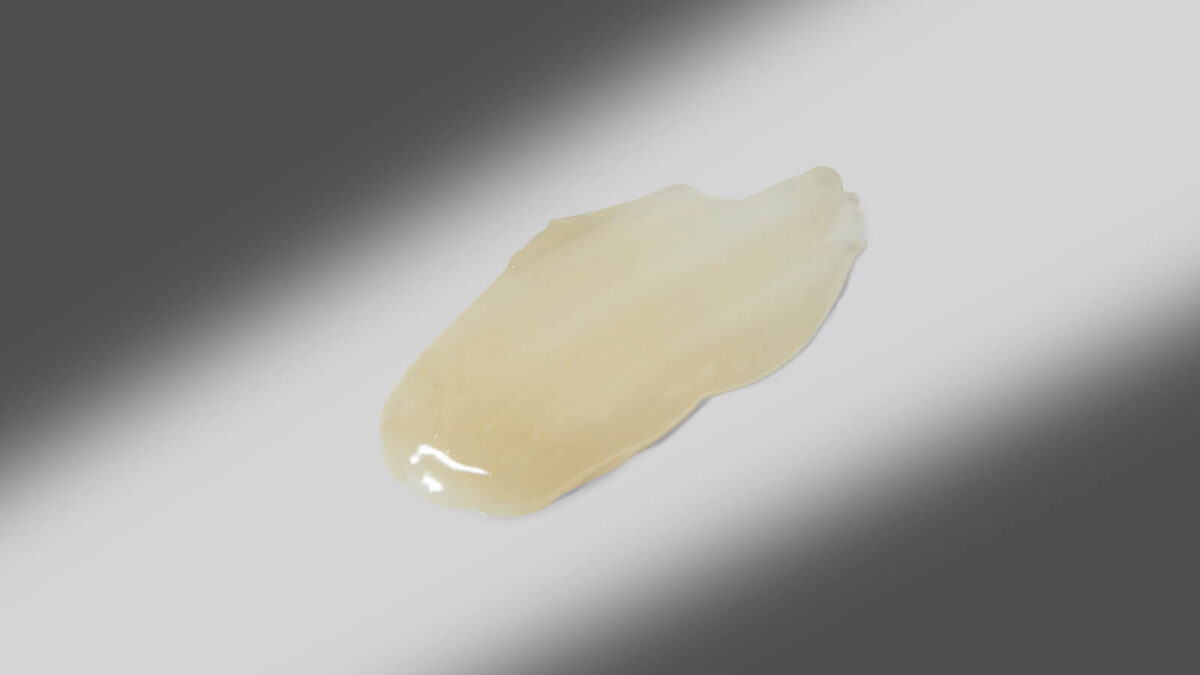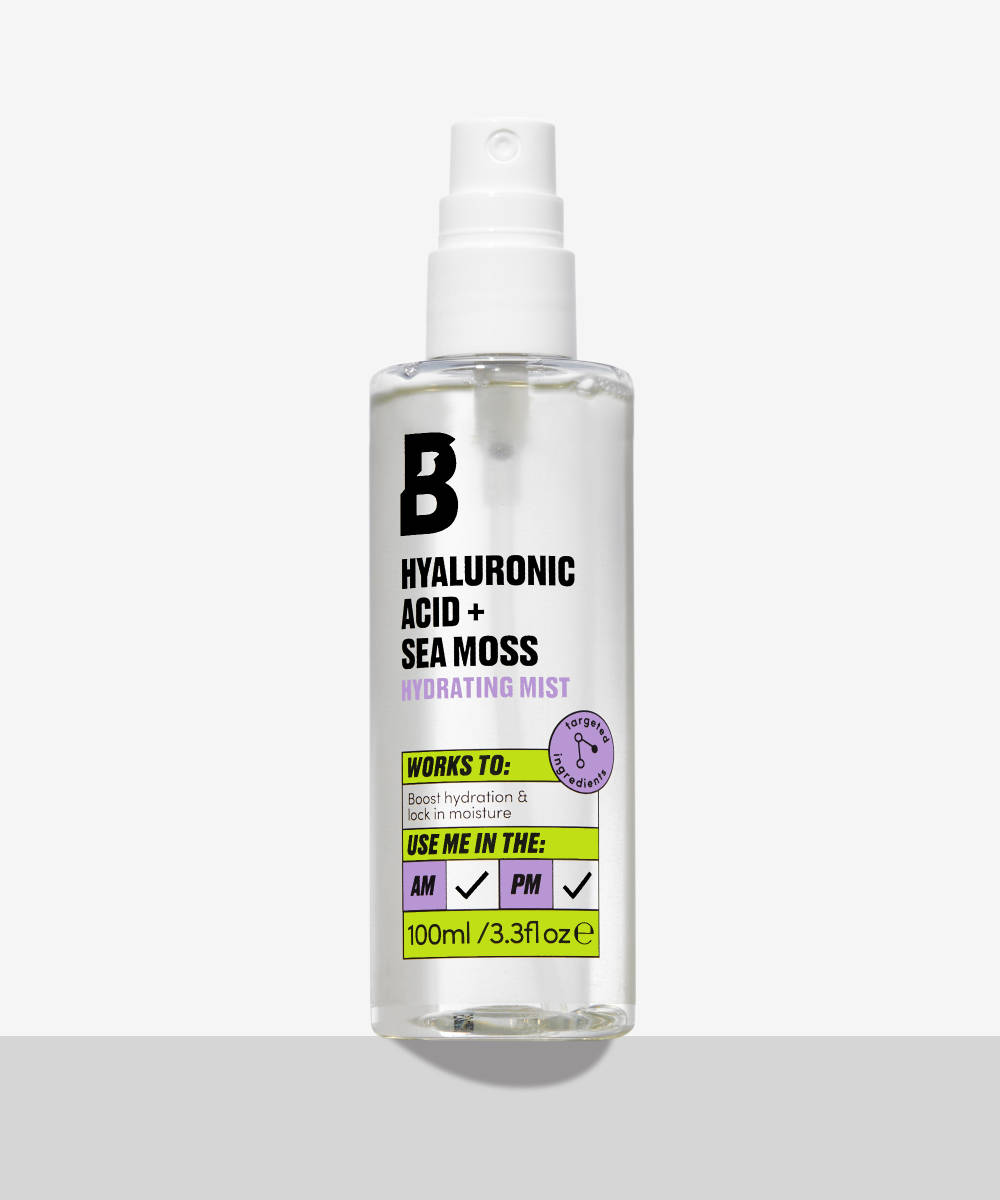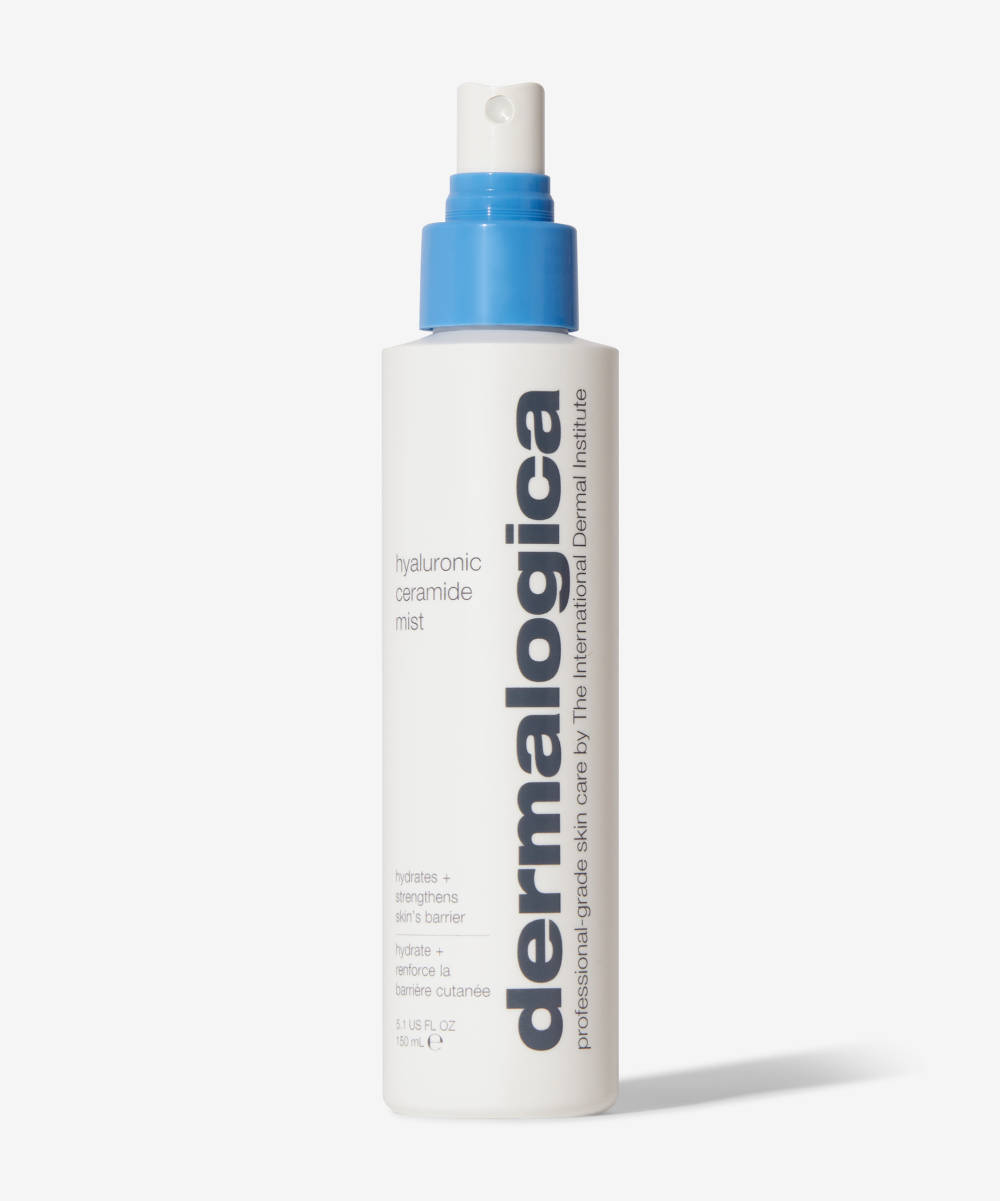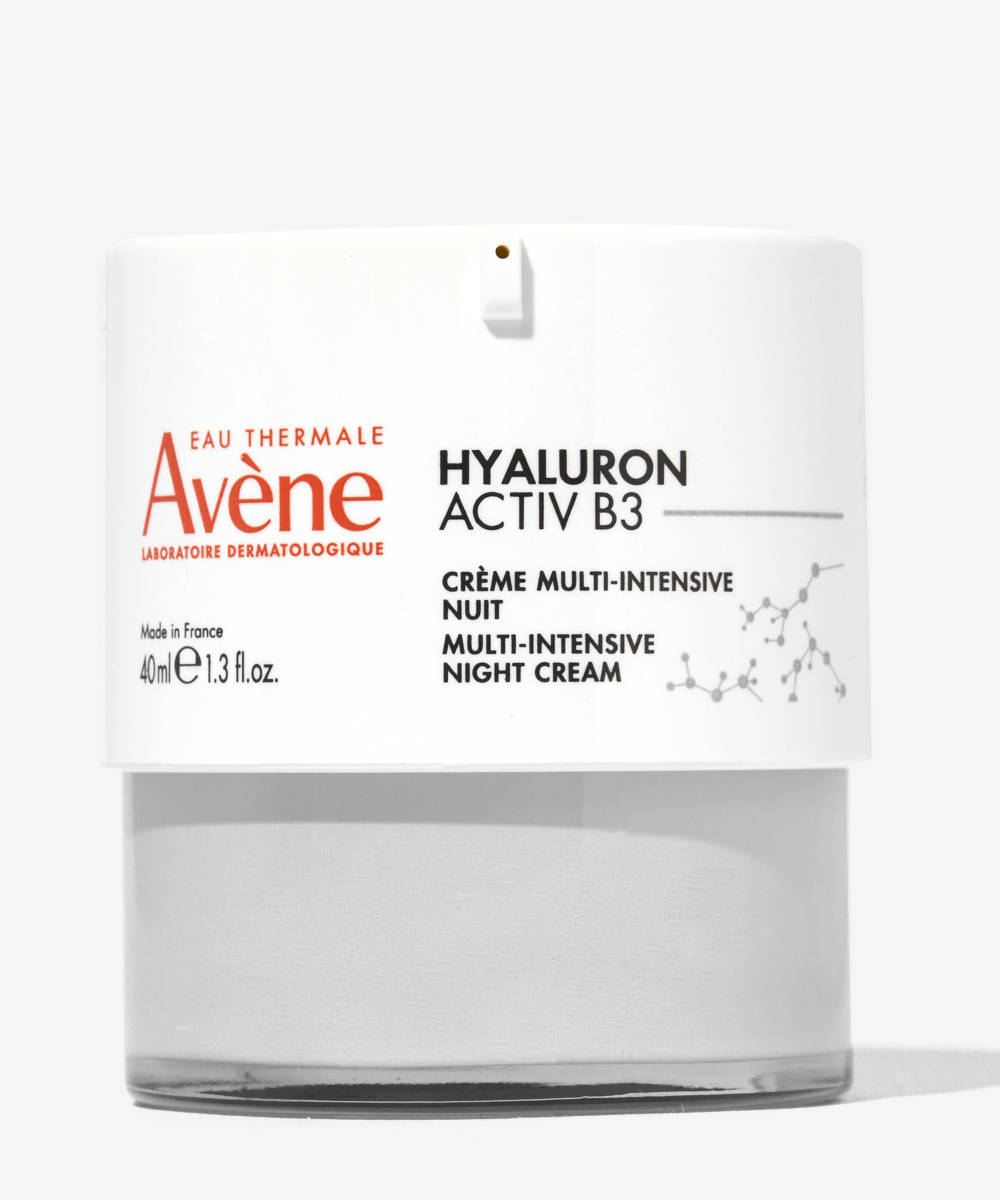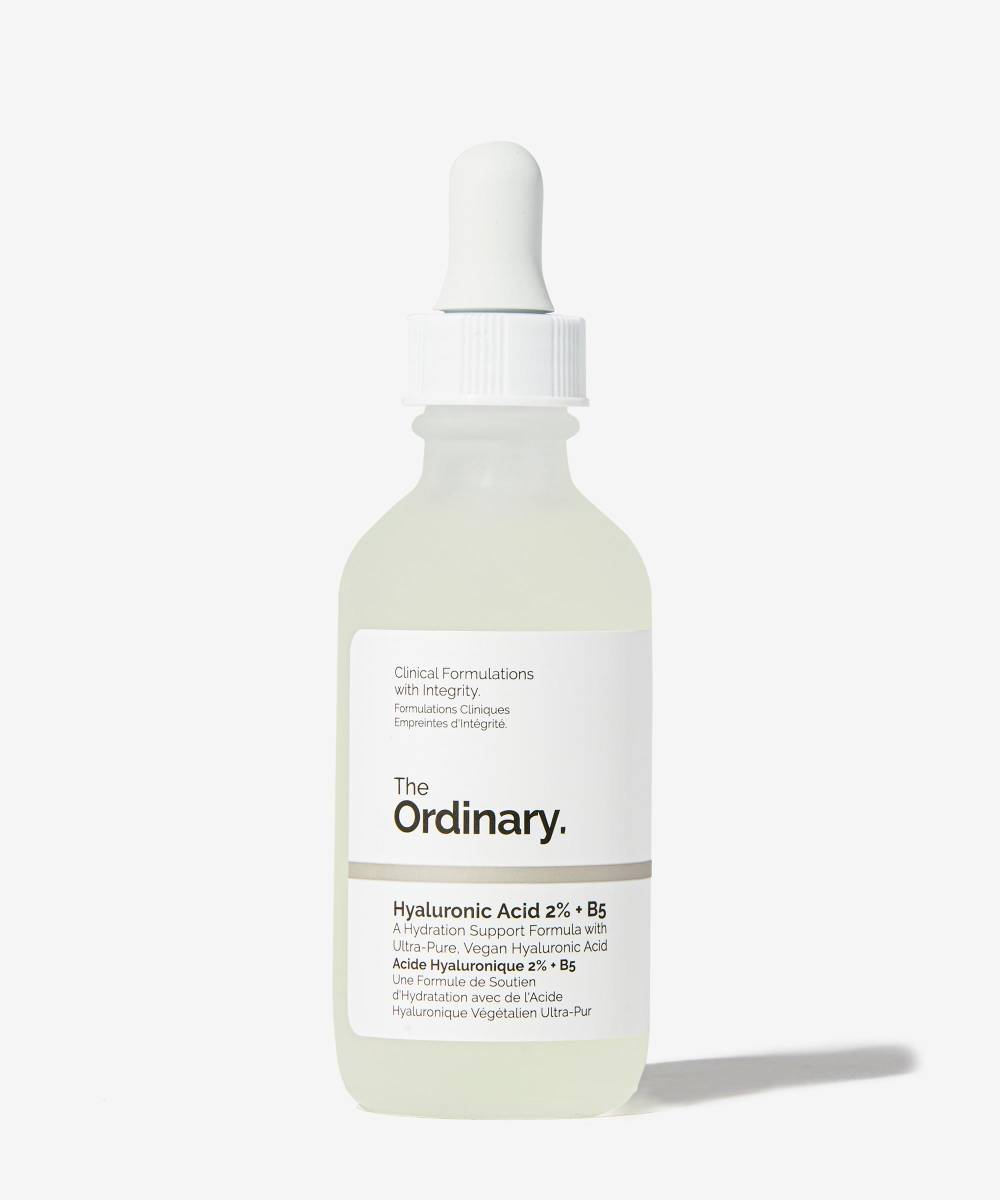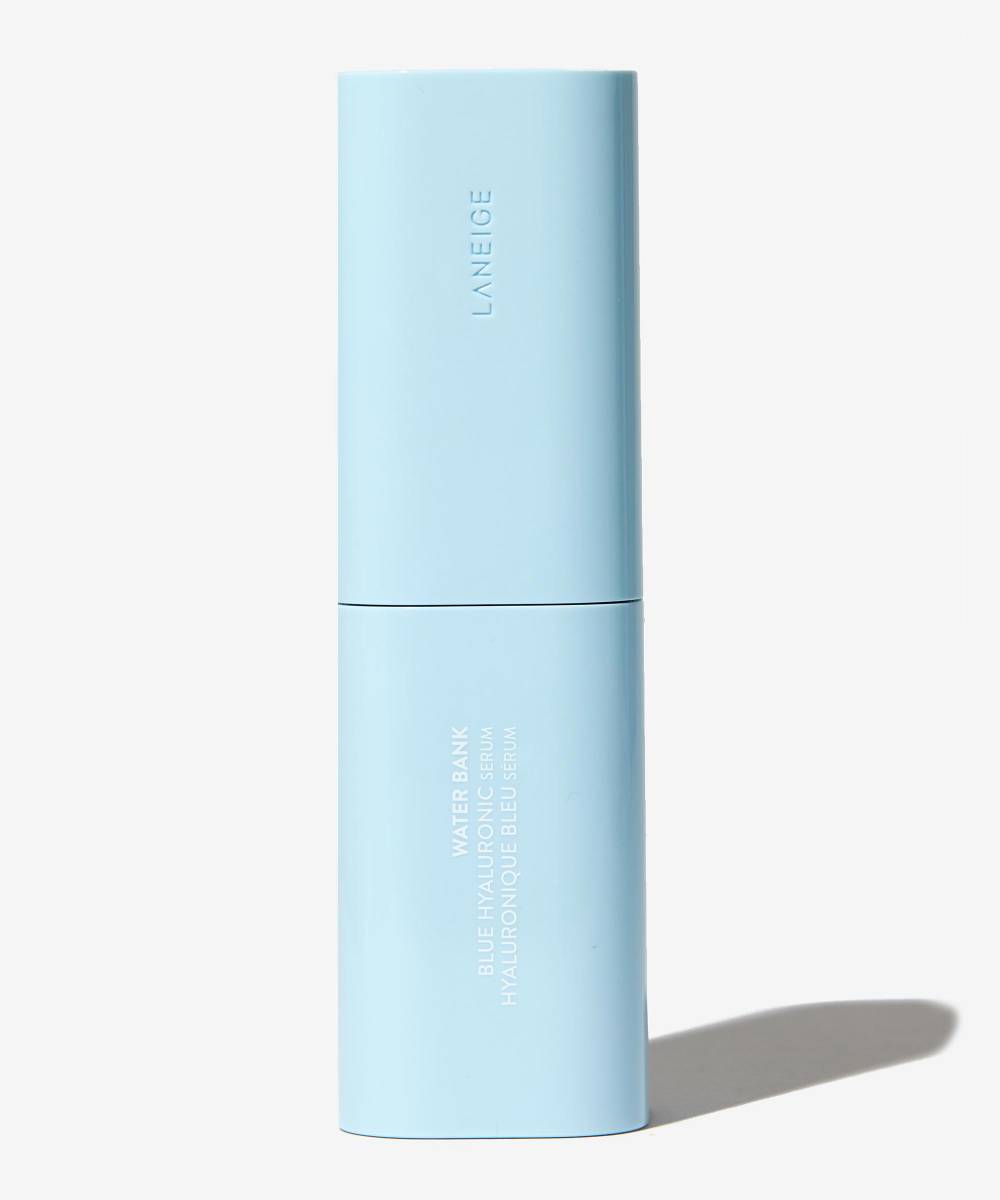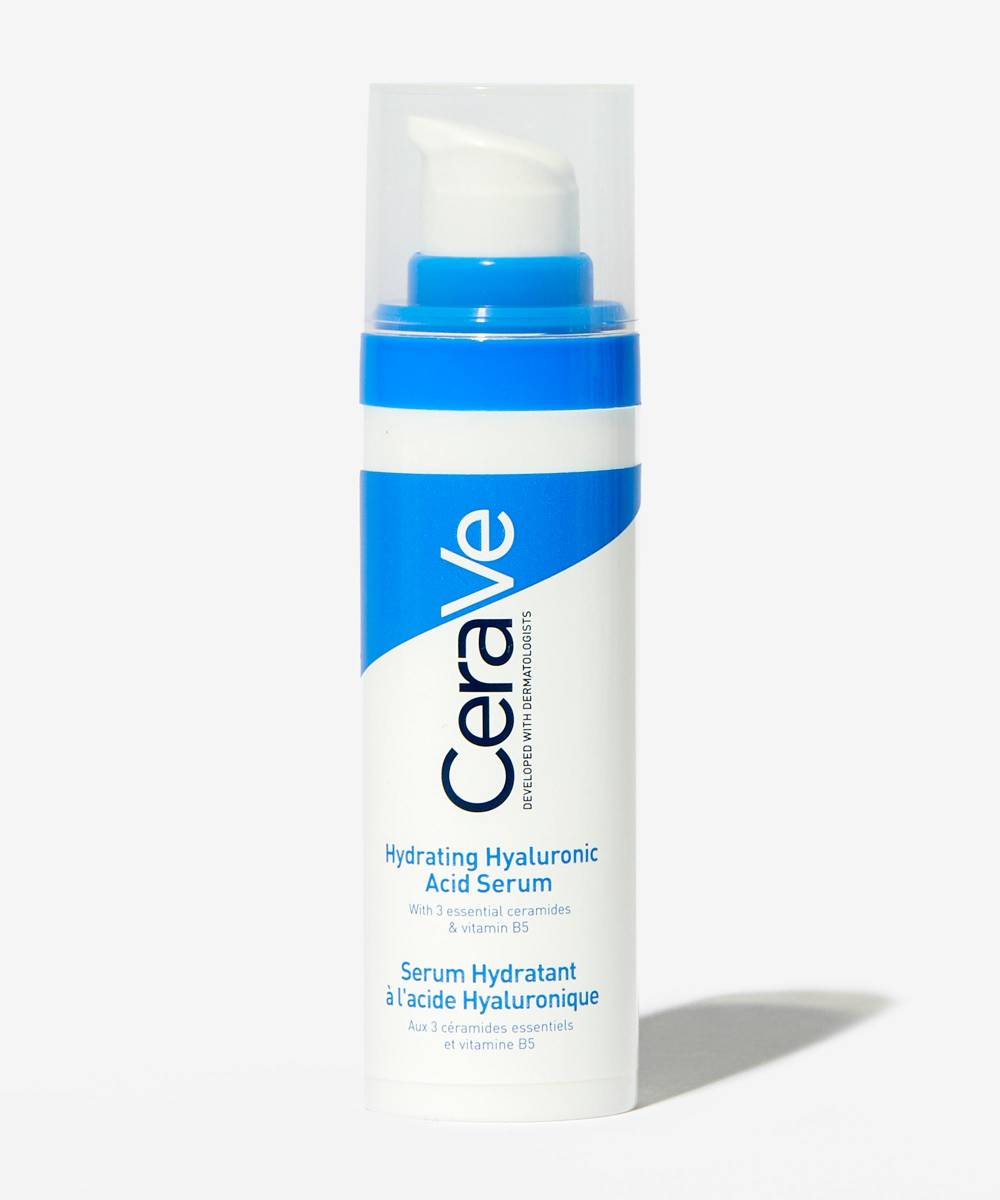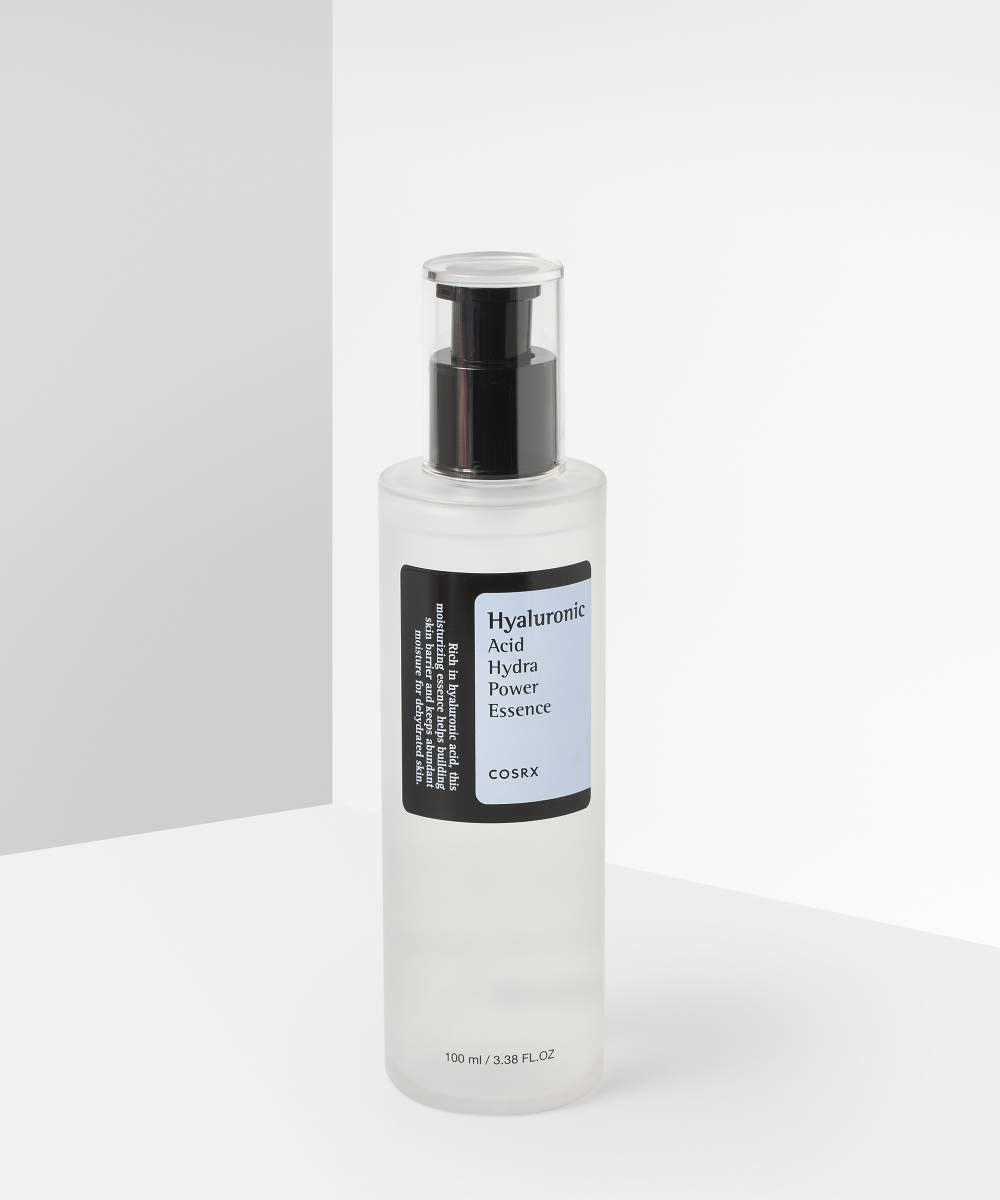Hyaluronic acid may have become more of a staple ingredient than a trending one, but it’s still a must-have ingredient – whether your skin is dry or oily, this powerful hydrator has multiple benefits for almost every skin type and concern. Plus, it’s so easy to add into your routine. You’ll find hyaluronic acid in most face mists, serums, and moisturisers, as well as in other products like face masks and If you’re wondering what the benefits are of using hyaluronic acid, how it works, and which ingredients you can combine it with, you’ve come to the right place.
Here’s everything you need to know about hyaluronic acid.
What is hyaluronic acid?
Hyaluronic acid naturally occurs in the human body, but production decreases as we age. Each molecule has the ability to hold up to 1000 times its weight in water so it’s frequently found in moisturising products like serums and face creams. Everyone and anyone can use hyaluronic acid. Despite its name, hyaluronic isn’t like other acids, which have exfoliating properties. No matter what your age or skin type, you can always benefit from added hydration – and hyaluronic acid is non-comedogenic (which means it won’t clog pores), so even sensitive and oily skin will receive the ingredient well.
How does hyaluronic acid work?
Hyaluronic acid is what’s known as a humectant, which means it acts as a magnet, drawing in and retaining moisture in a binding process that instantly improves skin’s hydration levels. Products with hyaluronic acid in are best applied to damp skin, as this means that the hyaluronic acid can draw that moisture in – basically boosting the benefits of your face mist or serums.
What does hyaluronic acid do to skin?
Hyaluronic acid has benefits for all skin types, but especially for skin that’s prone to dryness and dehydration. With regular use of hyaluronic acid-based products, skin will feel soft, plump, pillowy, and will look brighter and clearer. Lines, wrinkles, and loose skin will be plumped up (and therefore feel less obvious), and because of its ability to attract, draw in, and retain moisture, using hyaluronic acid before applying your serums and moisturisers will massively help to improve their hydrating benefits.
If your skin is oily or breakout prone, you can still benefit from using hyaluronic acid. Often oily skin is caused by skin that lacks moisture – and so feels the need to produce its own (in the form of oil). By hydrating your skin, you can prevent this from happening and restore balance to your skin. Plus, because hydrated skin is healthy skin and healthy skin can heal faster, if you suffer from breakouts or scars, you’ll notice them healing much faster when you’re using hyaluronic acid in your routine.
When should you use hyaluronic acid?
You can use hyaluronic acid as often as you like, both morning and night. If your hyaluronic is in serum form (which most are), apply it to damp skin after cleansing/toning and before moisturising. You’ll also find it in most moisturisers, in which case it’s going to be the last product you apply before you go to bed/do your makeup. For best results, don’t wait for your previous product to absorb – applying hyaluronic acid to damp skin will help to improve absorption.
